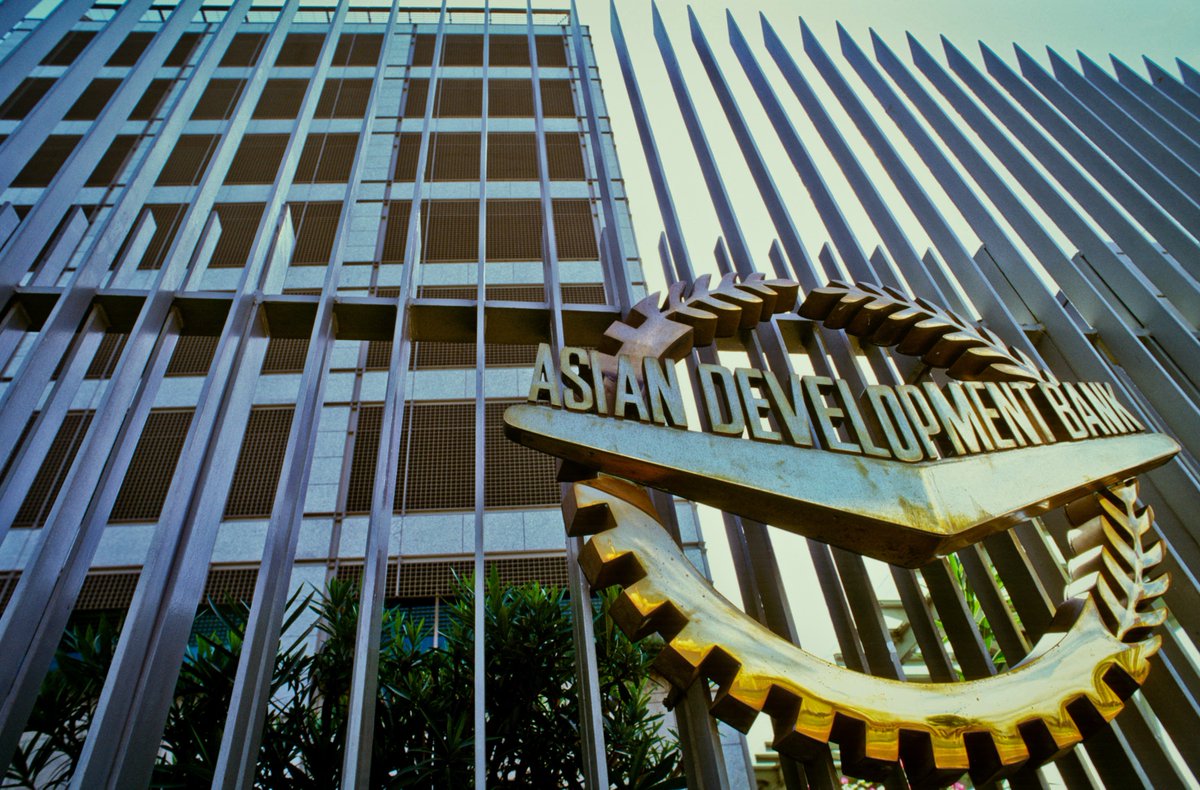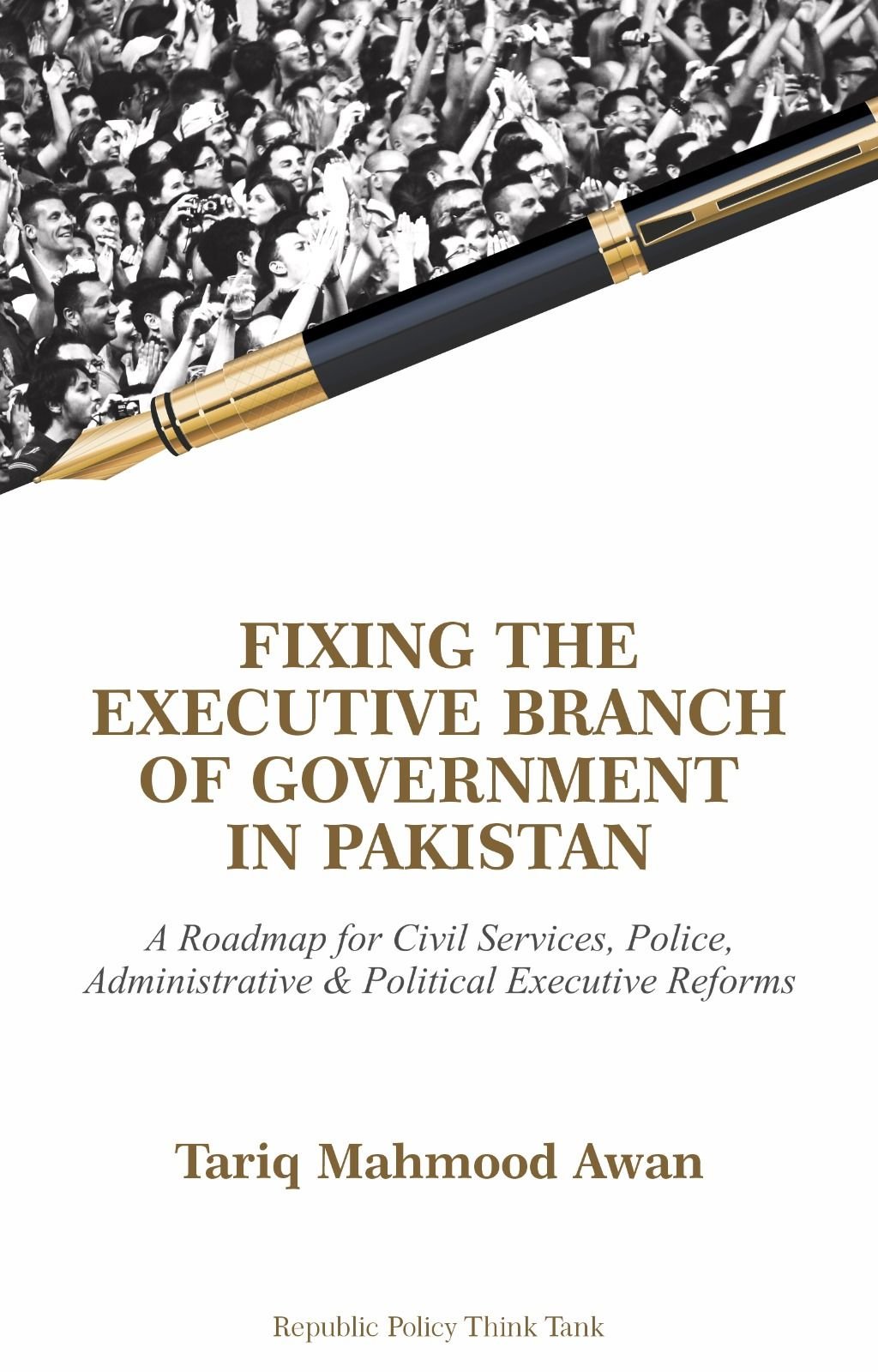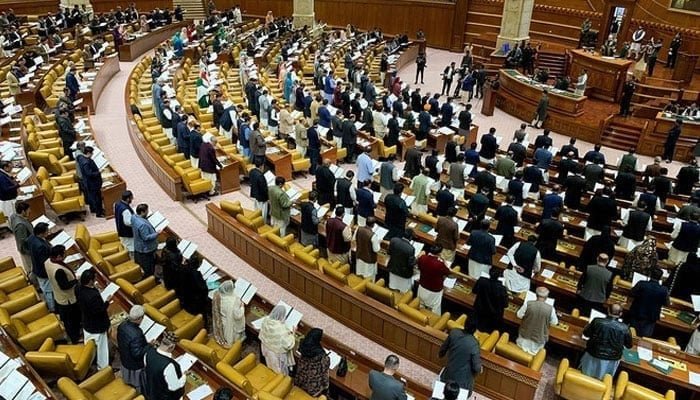Zafar Iqbal
The Asian Development Bank (ADB), in its latest report, has held steady its inflation forecast for Pakistan at 15%, a figure significantly higher than the government’s official target. Additionally, the ADB projected that the country’s debt burden would slightly ease to 70% of GDP in the current fiscal year. The report, known as the Asian Development Outlook, refrained from providing a new economic growth figure for Pakistan, suggesting that the ADB maintained its earlier forecast of 2.8% growth for this fiscal year. This growth forecast falls short of the official government target of 3.5%.
Concurrently, another comprehensive report by BMI, the macro research engine of Fitch Solutions, offered an in-depth analysis of Pakistan’s political regime, the fate of the current coalition government, and economic forecasts for the next decade. According to BMI, Pakistan’s economic performance is expected to lag behind its regional peers over the coming 10 years, with an average growth rate of just 3.5% over the decade to FY2032-33, about half the pace of growth in countries like Bangladesh and India.
The ADB’s inflation forecasts for fiscal year 2025 have remained consistent with the April 2024 report, maintaining that rising administered energy prices would keep inflation elevated at 15% for fiscal year 2024-25. This outlook contrasts with the government’s inflation target of 12% for the current fiscal year, which appears challenging to achieve due to unprecedented levels of new taxation and increases in energy and fuel prices.
Pl subscribe to the YouTube channel of republicpolicy.com
While the ADB anticipates Pakistan’s economic growth at 2.8% and inflation at 15%, it projects India’s economy to grow at 7.2% with an inflation rate of 4.5% for fiscal year 2024-25. The ADB also highlighted that Pakistan’s public debt is expected to decrease by seven percentage points to 70% of GDP in fiscal year 2024-2025. However, the lender noted that interest payments are expected to absorb a substantial 62% of fiscal revenues, up from 41% in 2022-2023, indicating the significant burden posed by debt servicing costs.
Despite this anticipated decline in debt-to-GDP ratio, Pakistan’s debt burden will still remain significantly higher than the average 47% government debt-to-GDP ratio for developing Asia this year. This high debt burden could lead to increased pressure on the government’s fiscal resources, potentially limiting its ability to invest in growth-enhancing projects and social welfare programs. Additionally, Fitch Solutions projected the country’s debt level to be at 78% of GDP, higher than what was projected by the ADB. This divergence underscores the complexities and uncertainties surrounding Pakistan’s fiscal and debt dynamics.
BMI Fitch Solutions emphasized that the depreciation of the Pakistani rupee in 2022 and 2023 has raised concerns about the sustainability of Pakistan’s external debt. Although the country managed to roll over significant debt payments in mid-2023, it has not adequately addressed the underlying problems. While BMI forecasts that Pakistan is likely to avoid an acute debt crisis in the near term, it opines that the country’s debt levels will remain elevated over the next 10 years. Pakistan’s current IMF program has subdued prospects for robust economic growth, potentially leading to increased unemployment and poverty, aligning with BMI’s projection that Pakistan will continue to underperform its regional peers in the years ahead.
Further delving into the economic analysis, BMI projected that between 2023/24 and 2032/33, Pakistan’s average growth rate is expected to be just 3.5%, compared to 5.4% in emerging markets, indicating a comparatively poor economic performance. This projection leads BMI to forecast a decline in Pakistan’s GDP per capita relative to India’s, providing a sobering outlook for the country’s economic trajectory.
Apart from economic considerations, BMI also shed light on Pakistan’s political landscape, highlighting legal challenges faced by opposition leader Imran Khan, which could lead to political instability and potentially disrupt the government’s reform agenda. The report also anticipated the continuity of the current government in implementing IMF-mandated fiscal reforms. The report pointed out that Pakistan’s economy remains vulnerable to external shocks, with significant risks posed by natural disasters such as floods or droughts, given the substantial reliance of the population on agriculture. Additionally, the fragile political situation could further disrupt the economic recovery trajectory, with the potential for protests and heightened social tensions.
In summary, the reports by ADB and BMI present a challenging economic and political landscape for Pakistan, characterized by high inflation, escalating debt burdens, subdued growth prospects, and political uncertainties. These assessments underscore the critical need for comprehensive and strategic policy interventions to address the multifaceted economic challenges confronting the country and pave the way for sustainable and inclusive growth in the years ahead.















